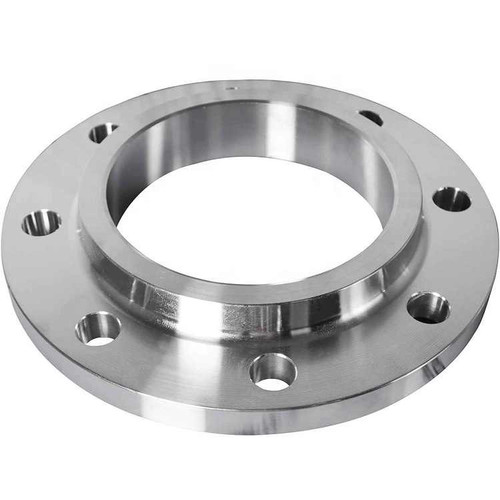
JIS Flanges

ANSI Flanges
In case this is the first time you’re hearing the phrase, ANSI flanges simply refers to flanges whose construction meets ANSI (American National Standards Institute) specifications.
Large diameter flanges
These may be either smaller or large diameter flanges and as you would expect, there are a variety of different styles of ANSI flanges used by process engineers across a wide range of industries. Keep reading for brief descriptions of the most common types of ANSI-compliant flanges.
Threaded Flanges
Threaded flanges are a very popular choice, since they can be easily integrated into an assembly without requiring welding. Their threaded design also allows for flanges to be salvaged and reused when an assembly is dismantled, provided the flange is otherwise in good condition.
Standards, Dimensions & Weight of Threaded flanges
Threaded Flanges can be used in very high pressure services and their major advantage is that they can be assembled without welding.
Slip On Flanges
These flanges are often chosen for applications where no disassembly is anticipated, since these ANSI flanges are welded into place. Despite the fact that welding is required, they are considered to be one of the easier types of flanges to properly fit and align.
Standards, Dimensions & Weight of Slip on flanges
The Slip-on flange has a low hub because the pipe slips into the flange prior to welding.
Blind Flanges
A blind flange is most often used in applications, which require stopping up the end of a flanged pipe, pressure vessel or valve. As the name implies, these ANSI flanges do not feature an outlet.

